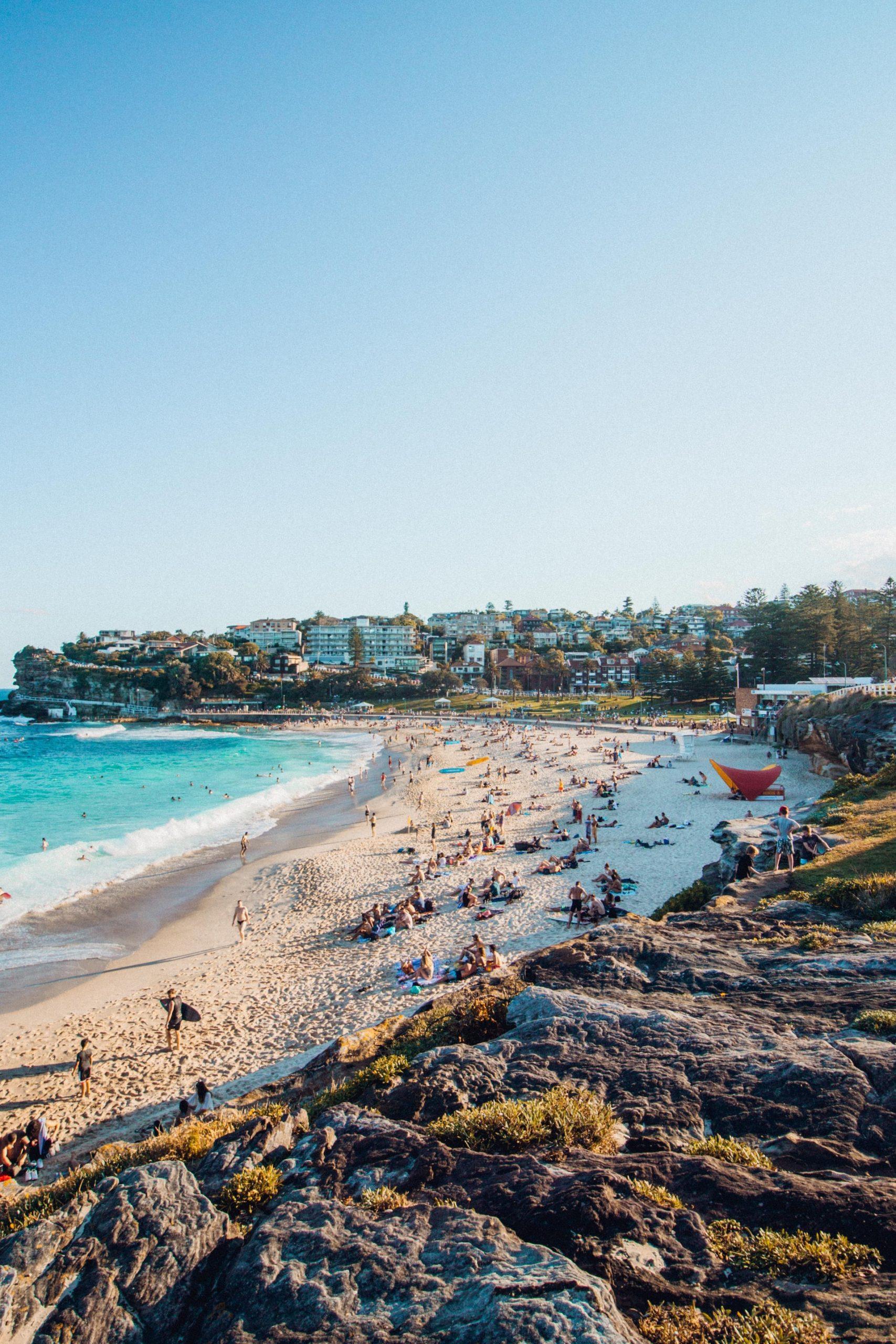Lifestyle
Australian beachgoers are told to always ‘swim between the flags’ – but what if there aren’t any?

The core safety message promoted to beachgoers is to always “swim between the flags” on patrolled beaches. (File Photo: Ghiffari Haris/Unsplash)
This summer, millions of people will flock to Australia’s beaches – and tragically, not all will survive. Last summer, 54 people drowned along the Australian coast. This included 28 people in New South Wales – the highest number in the state’s recorded history.
About 80% of the drownings occurred at beaches and almost half were due to people caught in offshore flowing rip currents.
Crucially, all of these drownings occurred in locations not patrolled by professional lifeguards or volunteer surf lifesavers. That is a stark statistic.
The core safety message promoted to beachgoers is to always “swim between the flags” on patrolled beaches. But clearly, unpatrolled beaches represent the major beach safety challenge in Australia – and this must be addressed.
All drownings are preventable
A recent study showed coastal drowning rates in Australia did not change between 2004 and 2021. This was despite significant financial investment into coastal safety by all levels of government during this time.
And in 2023, the NSW government announced the biggest ever funding commitment to Surf Life Saving NSW (SLSNSW) – A$23 million over four years.
This raises important questions for both beach safety providers and their funding bodies. Are we doing enough to address the issue of drowning on unpatrolled beaches? Why aren’t we seeing a decrease in the number and rate of beach drowning? Is the current approach working? Are we doing enough evaluation?
These questions need to be answered because beach drowning, like all types of drowning, is preventable.
The ‘swim between the flags’ message is not enough
The safest place to swim on Australian beaches is between the red and yellow flags, under the supervision of trained lifeguards and surf lifesavers. This is the core safety message promoted to beachgoers, and should always take precedent.
But it’s unrealistic to assume beachgoers will always adhere to the message – in part, because the flags and lifeguards aren’t everywhere at all times.
Less than 5% of Australia’s 11,000 beaches are patrolled, and most of those are patrolled only seasonally. Patrols rarely cover early mornings and evenings when many people choose to swim, and the supervised flagged area may only cover a tiny percentage of the length of the beach.
A recent study documented why beachgoers swim at unpatrolled beaches. The reasons included proximity to their holiday accommodation and because the location is quieter and less crowded than patrolled beaches.
So while most Australians know they should swim between the flags, many choose not to, or simply don’t have the option. This can have fatal consequences. Surf Life Saving Australia’s latest National Coastal Safety Report report reported that 75% of the 902 coastal drowning deaths over the previous decade occurred more than 1km from a surf lifesaving service.
Getting it right
There’s an obvious need in Australia for a beach safety campaign that directly addresses safety on unpatrolled beaches. But we have to get it right – and taking an evidence-based approach is crucial.
For example, it seems logical to teach beachgoers how to identify dangerous rip currents. But research has shown that people armed with this knowledge might become emboldened to swim at unpatrolled beaches.
In 2018, Surf Life Saving Australia launched the “Think Line” campaign, which encourages beachgoers to spend a few minutes thinking about beach safety when they arrive at the beach. It’s a simple concept that could become generational over time. But it requires more promotion, more collaboration between beach safety providers, and more research into whether the message is changing beachgoer behaviour in a positive way.
Other efforts to improve safety on unpatrolled beaches include investment in technology such as emergency response beacons. However, to date there’s been little to no evidence-based evaluation of their effectiveness.
Research into beach safety is a powerful tool. It provides evidence that can identify which educational approaches are working and which are not. Yet, funding of beach safety research pales in comparison to the amounts invested in untested safety interventions, or upgrades to existing surf club facilities and equipment.
It’s globally accepted that lifeguards are the best beach safety intervention. So why aren’t we directing more funding into increasing the presence of local government lifeguard services?
This expansion should involve extending lifeguard patrol hours during the summer on patrolled beaches and adding seasonal lifeguards on popular but hazardous unpatrolled beaches.
Staying safe this summer
Preventing drownings on our beaches requires a new approach – and some serious questions about where funding should be best directed. Otherwise, the terrible drowning death toll will continue.
In the meantime, you might find yourself wanting to swim at an unpatrolled beach this summer, or to swim early in the morning before lifeguards start duty. To help you understand the hazards and stay safe, UNSW Sydney has developed a new educational resource, including a video. They are both worth a look; in fact, they may just save a life.![]()
Rob Brander, Professor, UNSW Beach Safety Research Group, School of Biological, Earth & Environmental Sciences, UNSW Sydney
This article is republished from The Conversation under a Creative Commons license. Read the original article.





















